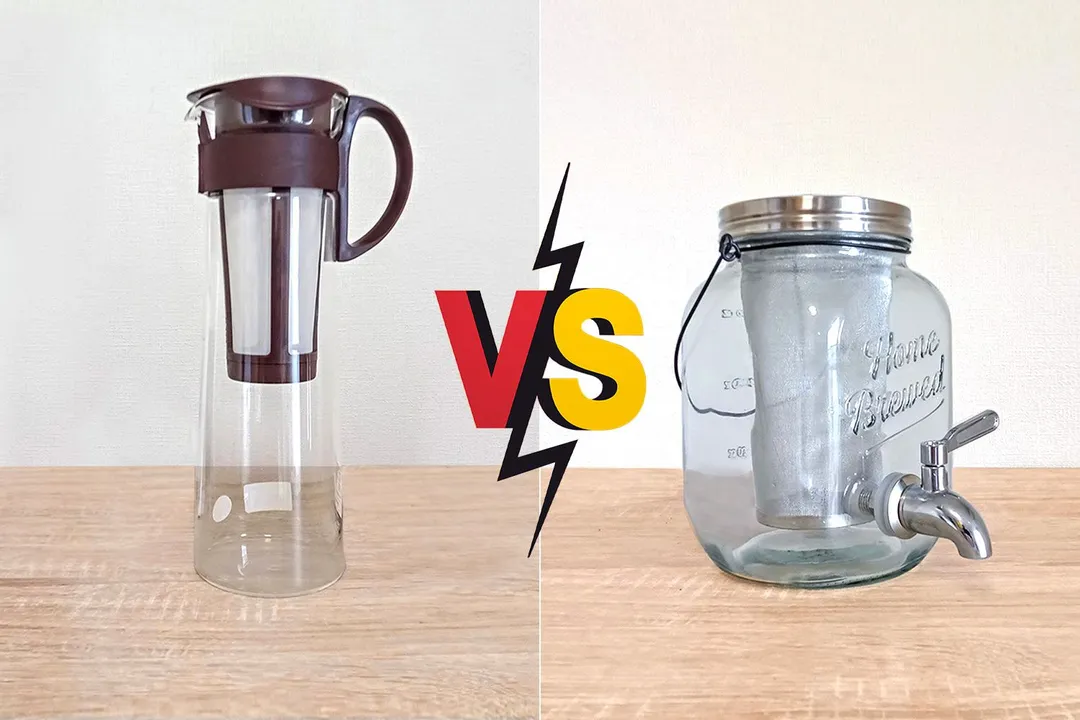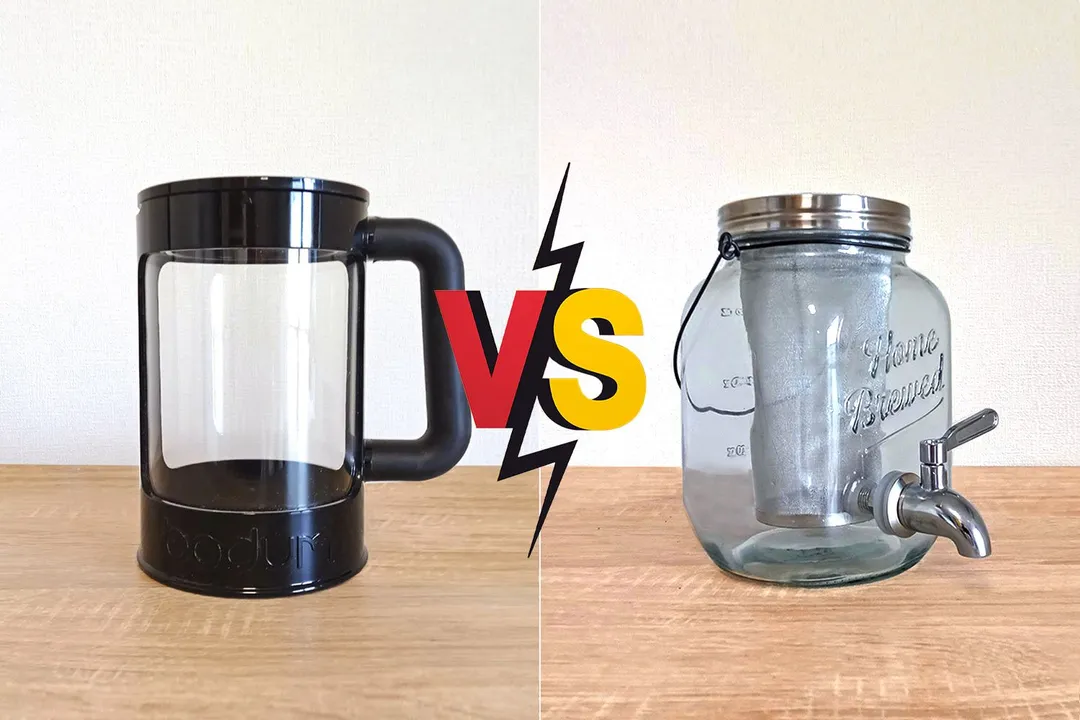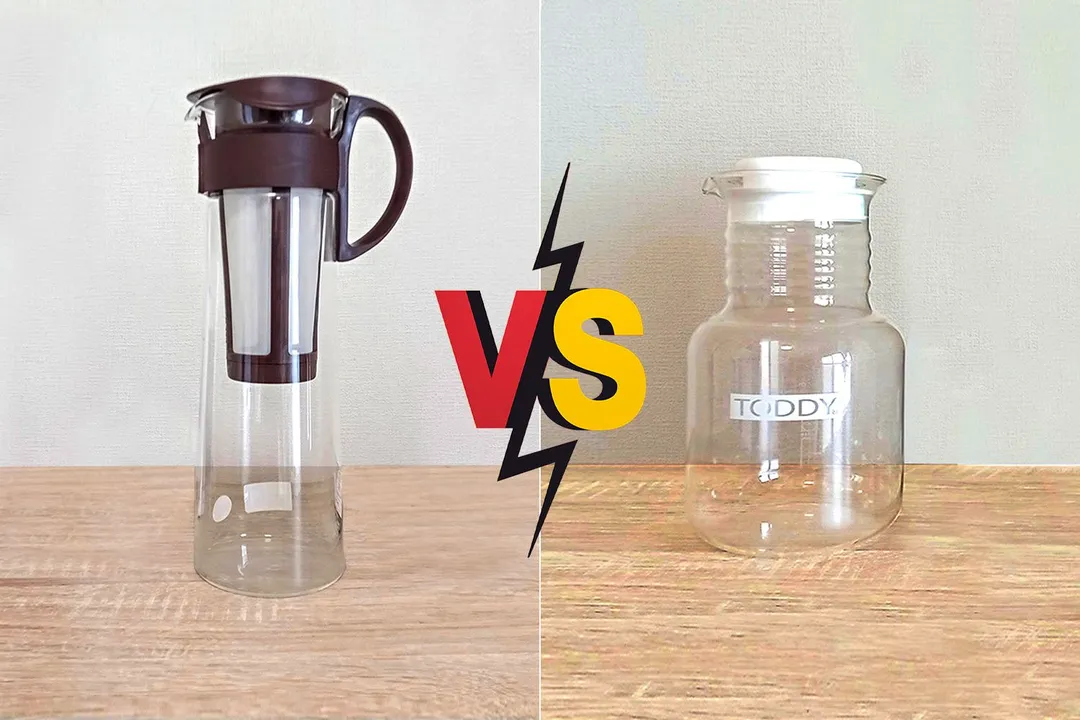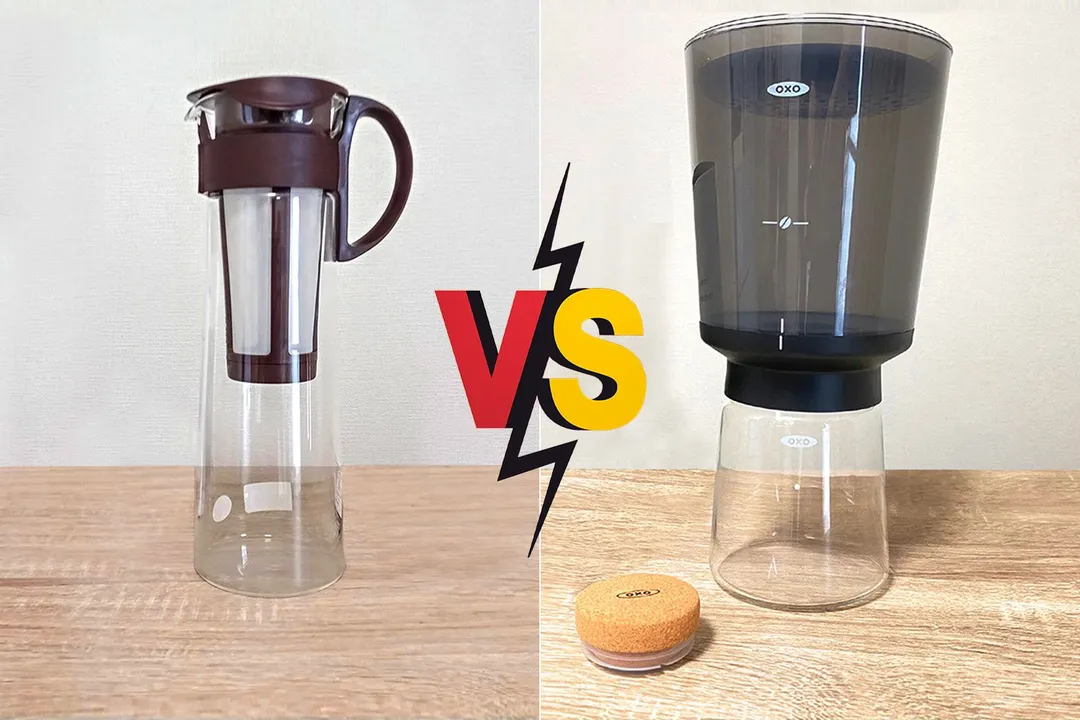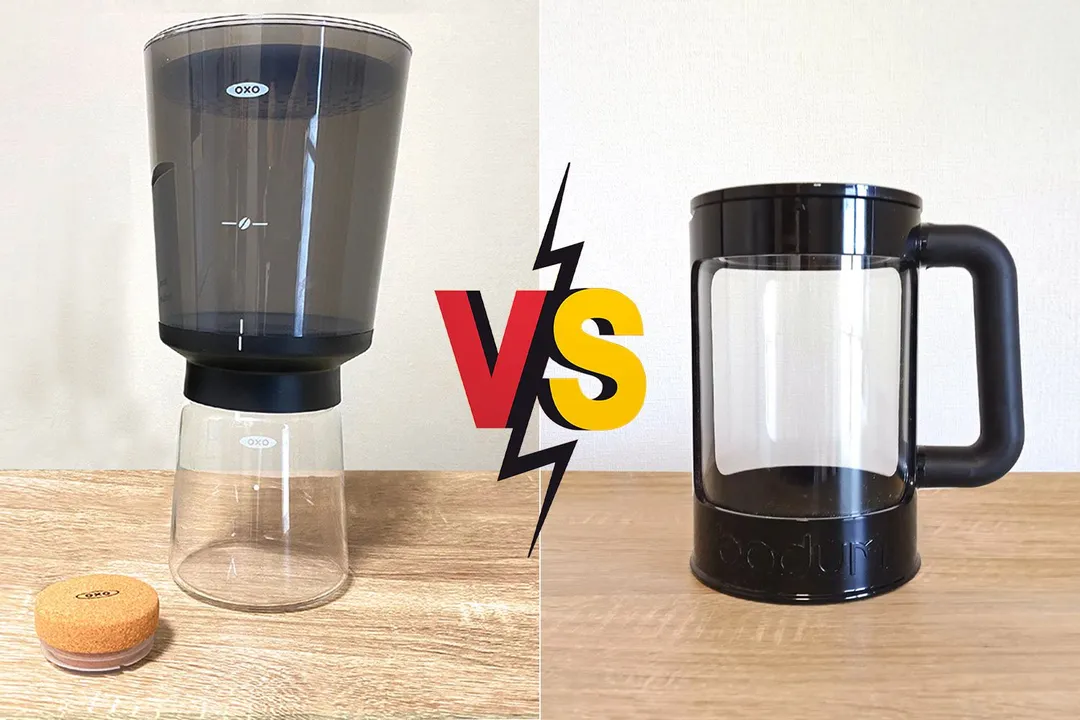Our recommendations are made independently through Research & Testing. We may receive commissions from purchases made via our links.
Hario Mizudashi vs Bodum Side-by-Side Comparison
Hario Mizudashi cold brew coffee maker vs Bodum. A popular brewer with a flawed design, and one we highly recommend.
Hario Mizudashi
Tested Using Methodology v1.0Bodum
Tested Using Methodology v1.0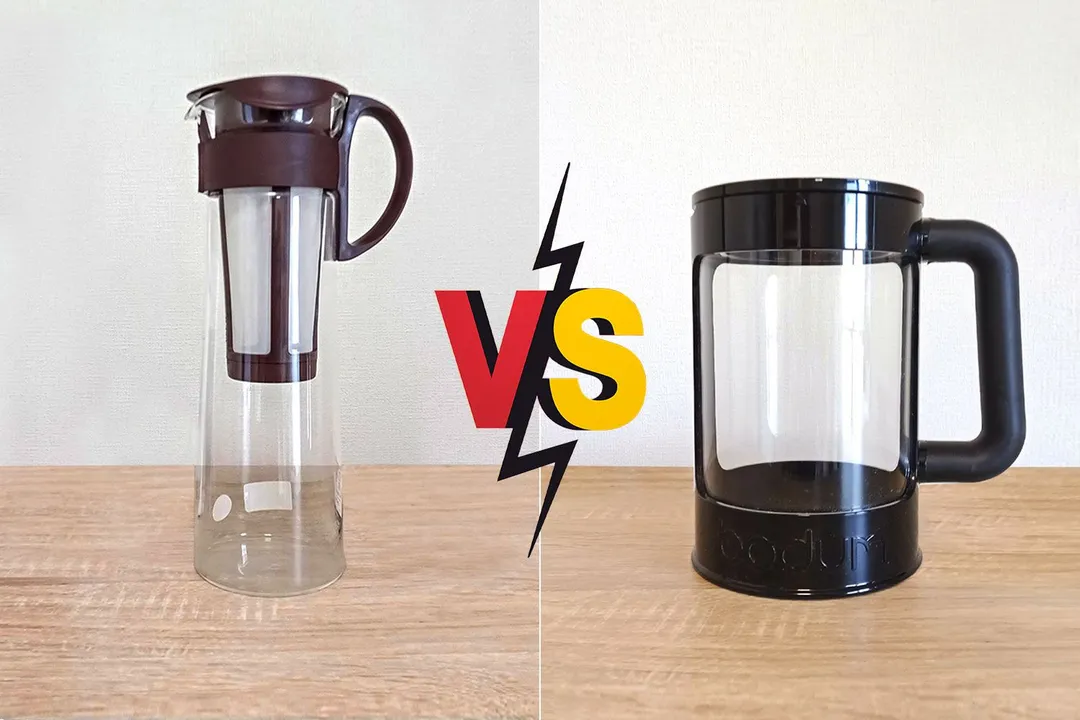
Overall Verdict
The Hario Mizudashi and the Bodum French press could not be any more different. The Hario is a brewer we don’t recommend due to fundamental design flaws, whereas the Bodum is one of our top recommended cold brew coffee makers.
The Hario Mizudashi is a tall and elegant glass carafe brewer with an immersion filter. However, due to the poor brew ratio, short filter, and non-airtight environment, the brew quality is below acceptable standards.
The Bodum is made of durable yet affordable plastic. It uses a freestyle brewing technique and a typical French press plunge filter. You can also control the strength and volume of your brew. While there are more steps to brewing and decanting, the quality of the Bodum brew is one of the best.
Pros & Cons
- Attractive brew decanter
- Easy-to-clean filter
- Color choice
- Hot or cold brewing
- Light and durable
- Open/close spout
- Perfectly airtight
- Comfortable handle
- Freestyle brewing
- Made in Portugal
- Not airtight
- Odor contamination
- Poor brew quality
- Decanting can be tricky
- No measuring guides
Key Specs
Where to Buy
*You help support HealthyKitchen101's product testing and reviews by purchasing from our retail partners.
Analysis and Test Results
Brew Quality
Bouquet
Drinkability

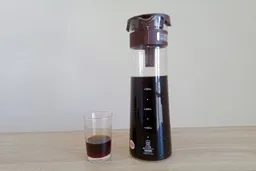
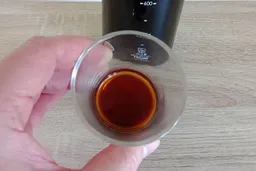

Sediment
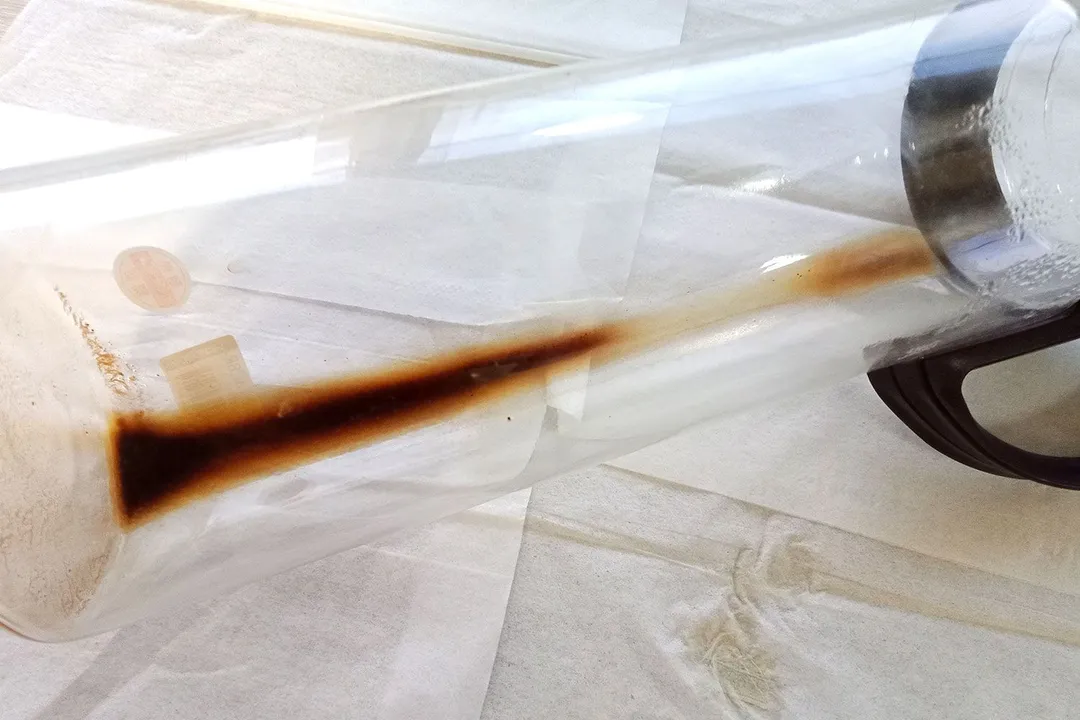
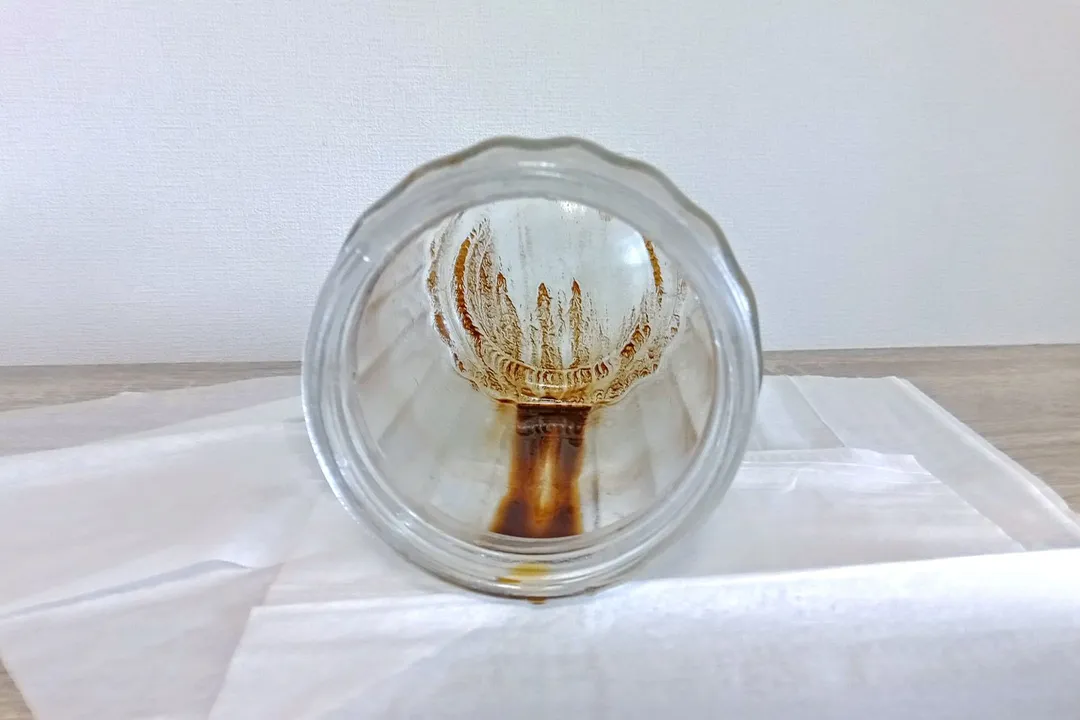
Design
In the Box
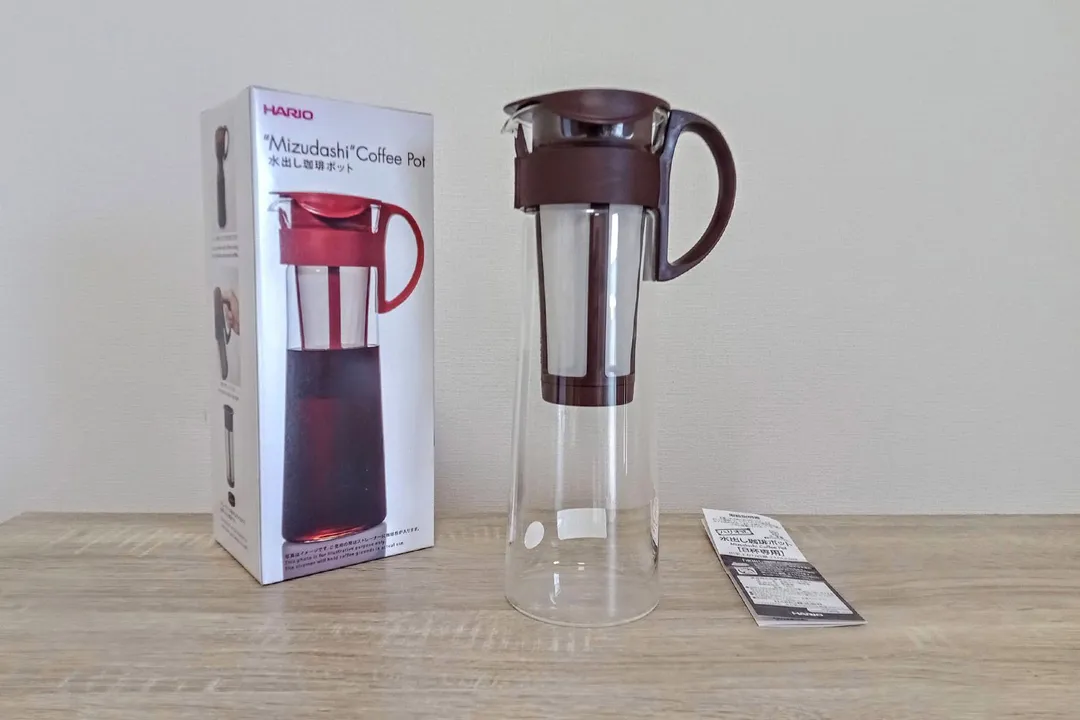
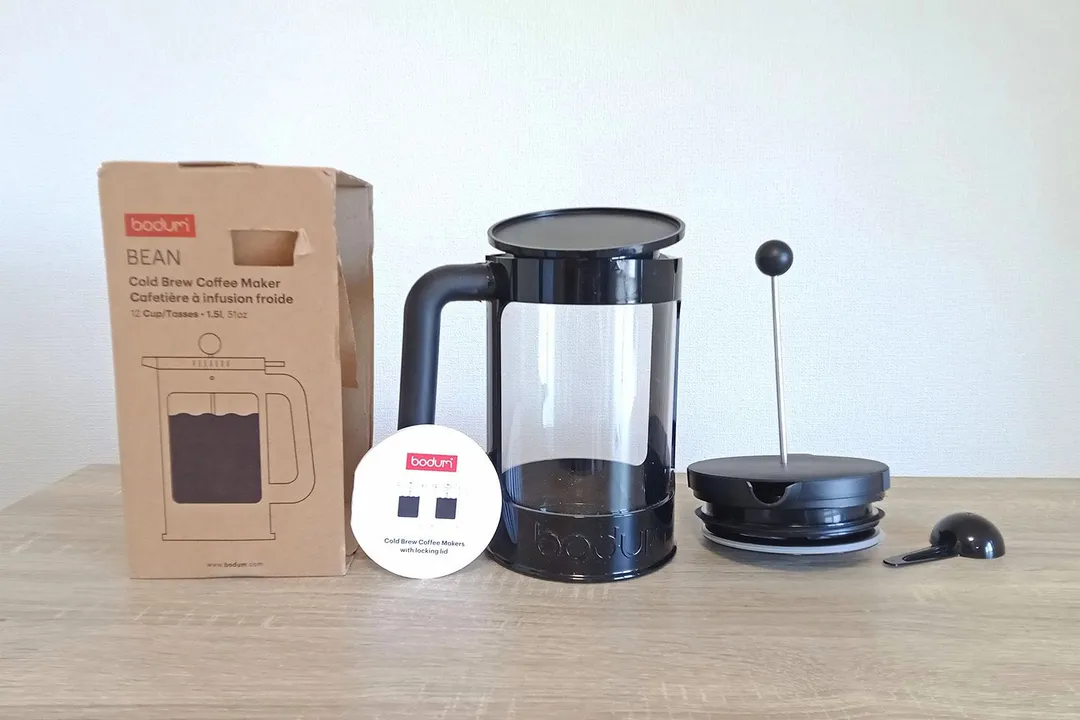
Decanter

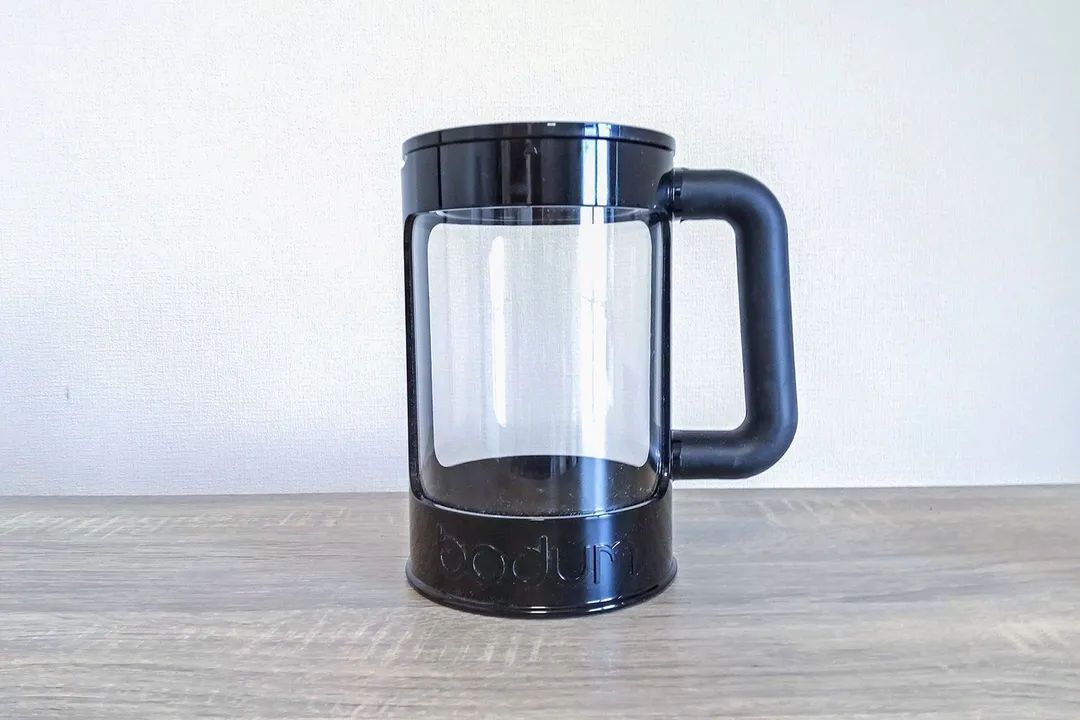
Stopper / Lid
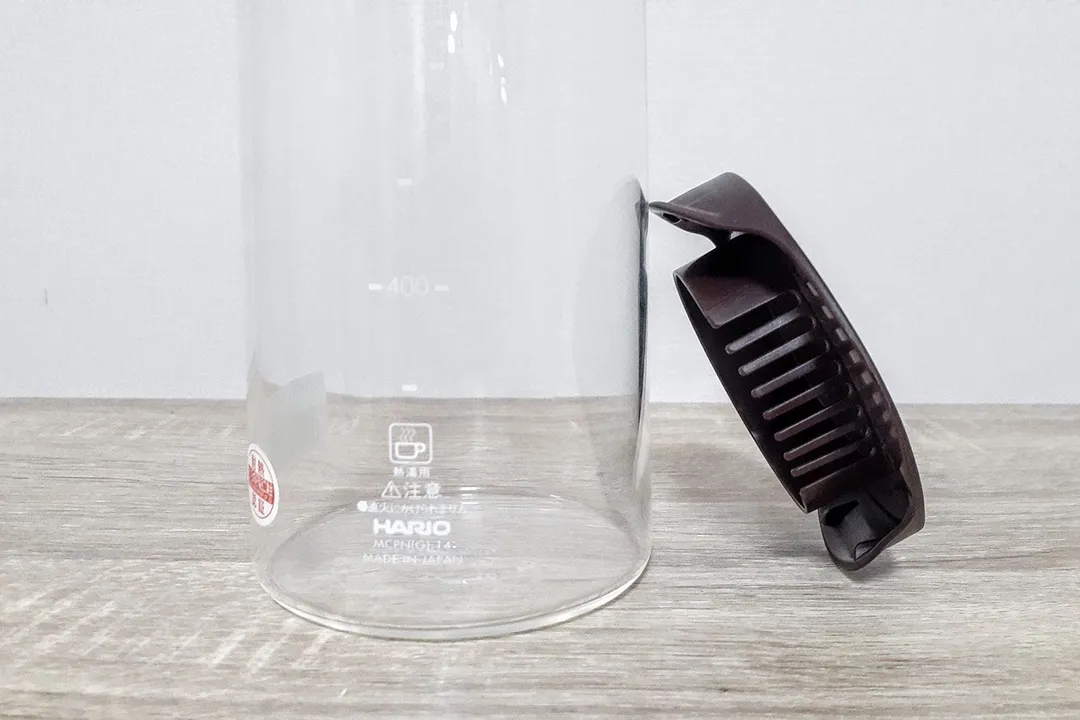
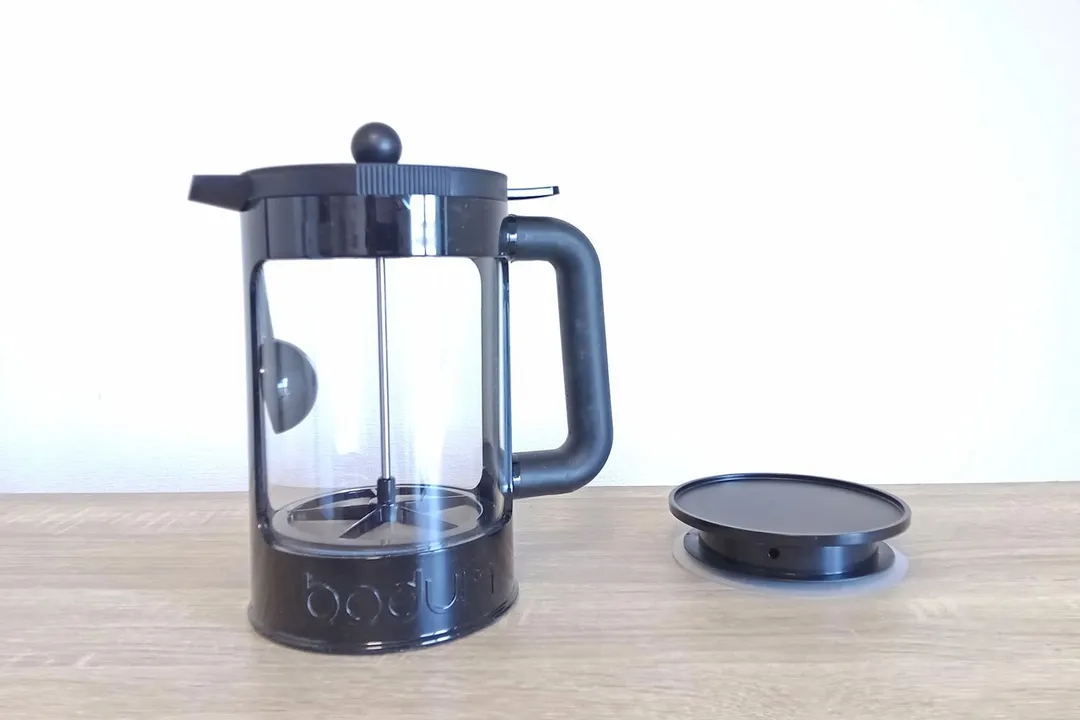

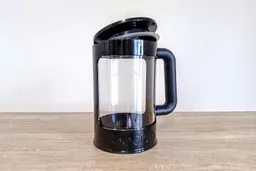
Filter
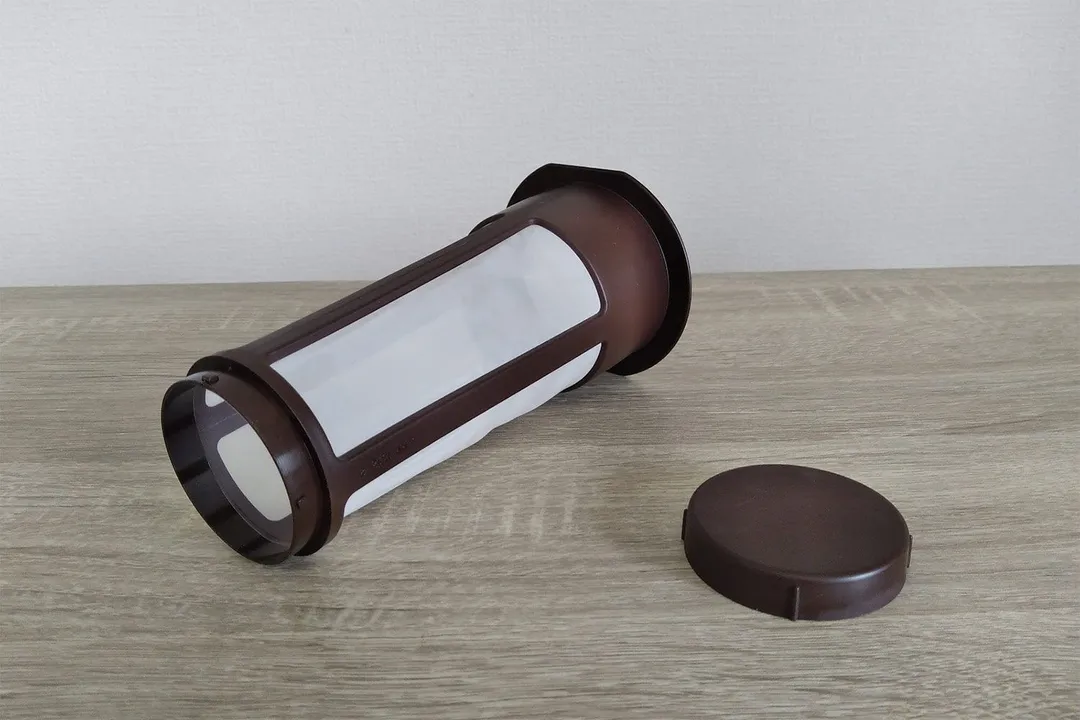
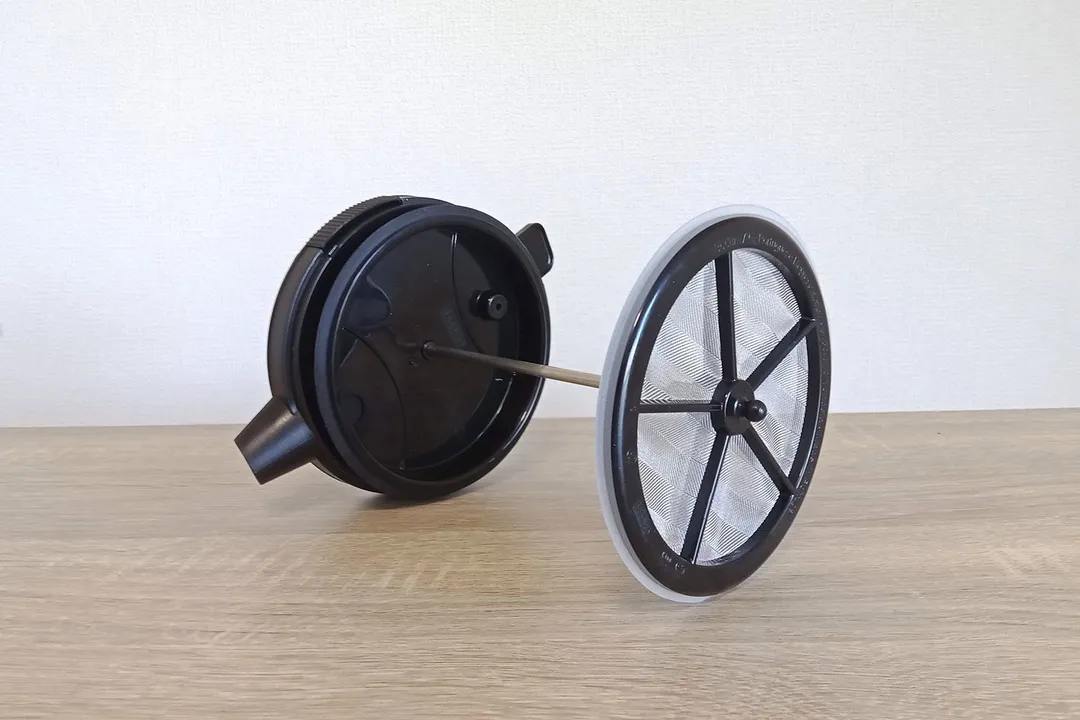
Build Quality
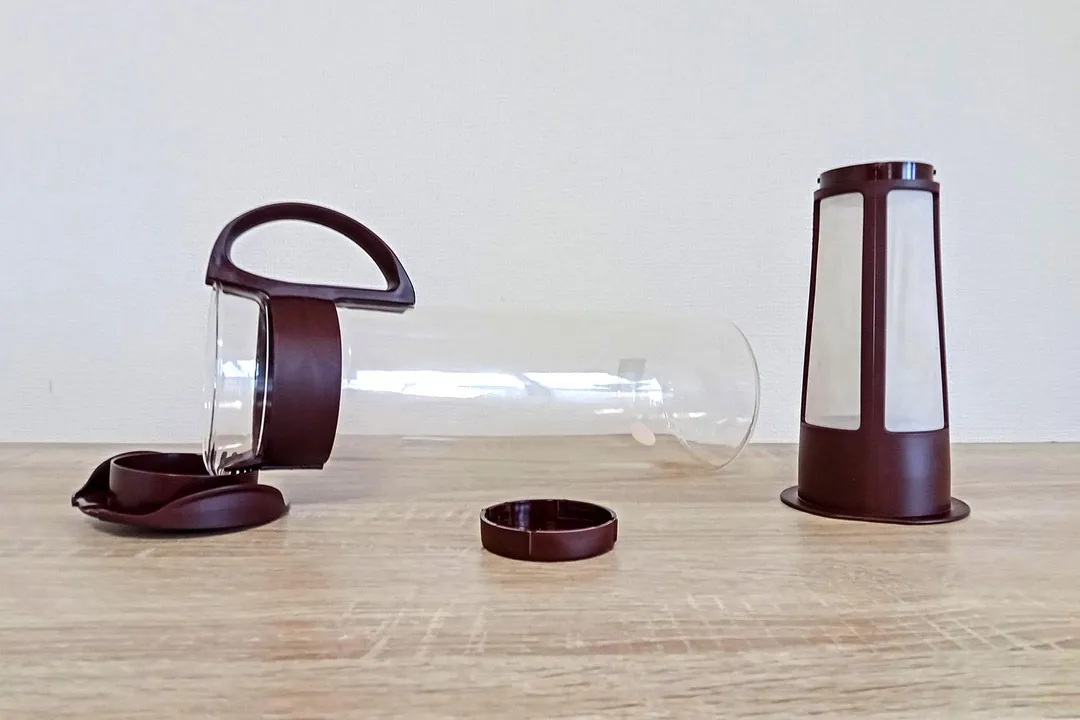
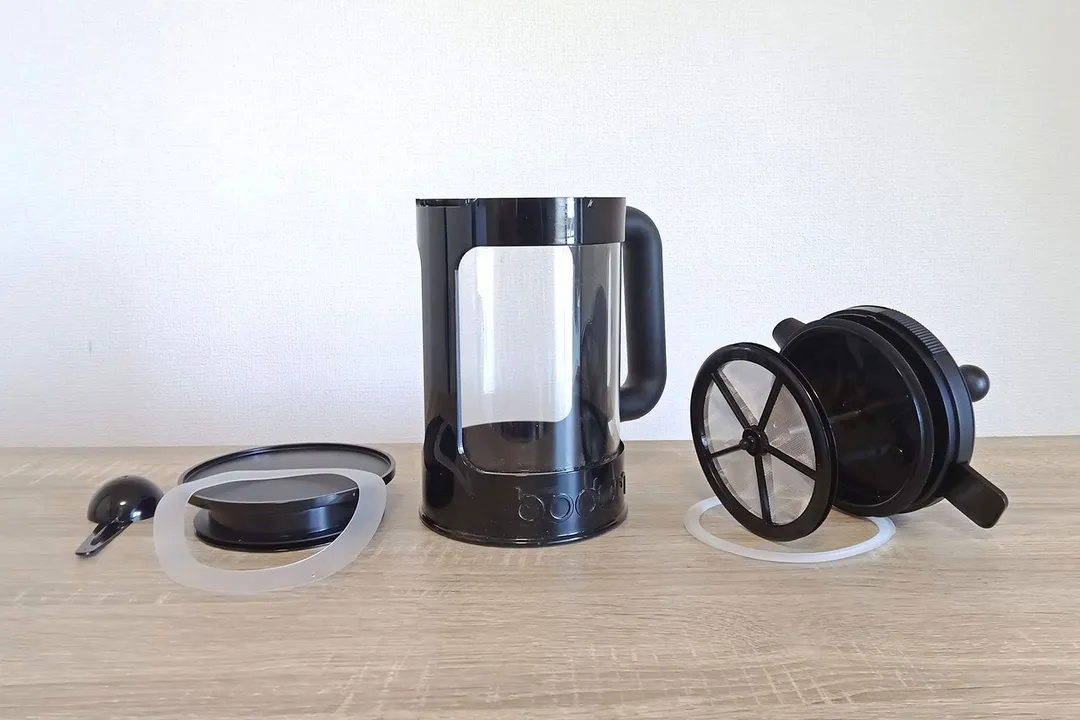
Usability
Brewing
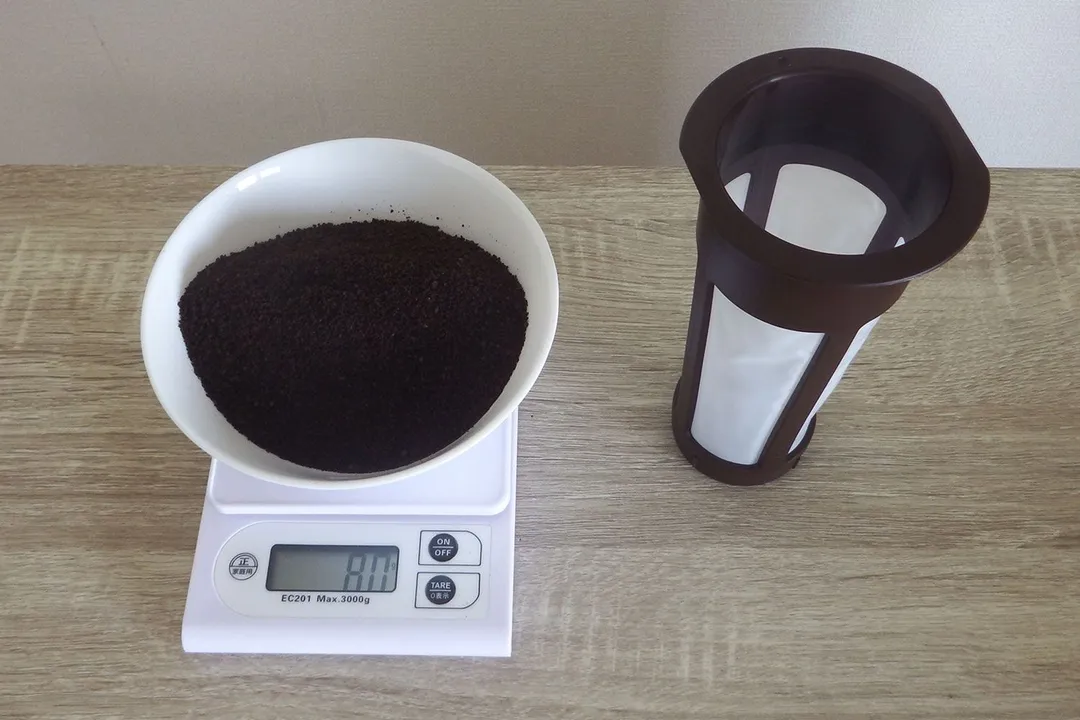
Decanting
Cleaning and Storage
Behind the Comparison
Roger Shitaki is a writer, author, and editor. His niches are household appliances, health & wellness, and travel. He’s a freelance contributor to a Tokyo lifestyle website and a leading ophthalmology magazine in Asia.

